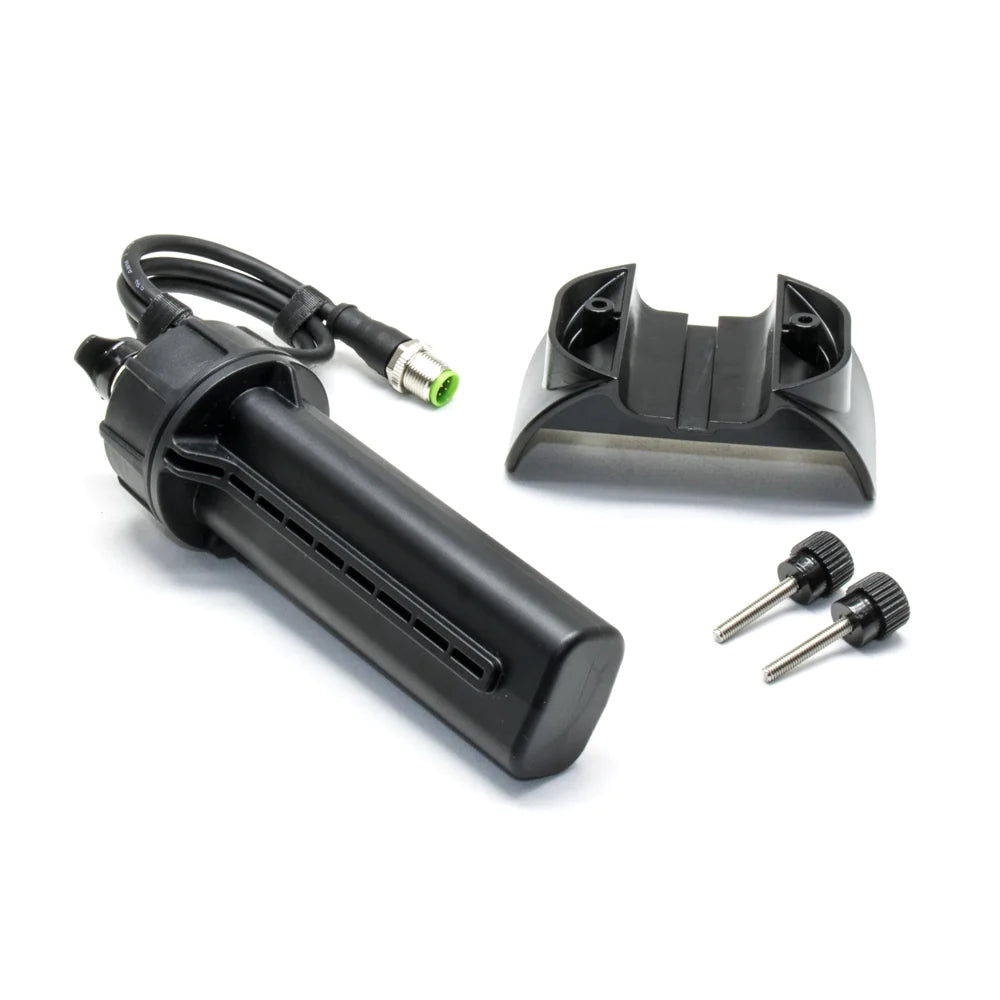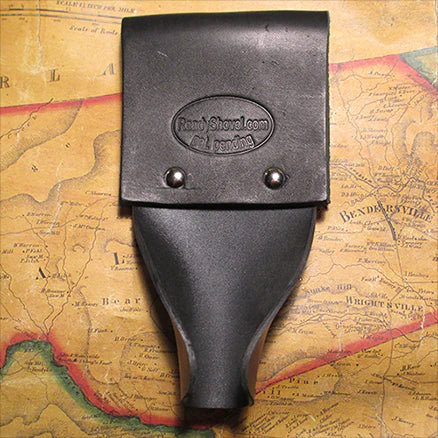How Close Can You Build to Property Lines
by Michael Bernzweig
Two properties are separated by property lines. It's easy to tell where your property end and your neighbor's begins when you have a property line. There is no clear answer to how close you can build to a property line.
Buildings should be set back from the line of property. In light of the fact that setbacks are determined by state and county, there is not a single standard for them. The front setback is commonly 10 feet, the sides four feet, and the back setback is 10 feet. The distance may also differ according to the building type.
It is imperative to determine the property line of your property before you put up any structures on it. If you know where your property begins and ends, you will not intrude on your neighbor's property. You need to know the property line on your property before you can build on it. You will not be able to determine where the boundary of your land begins and ends if your property line is not defined.
It is possible to determine the boundary of your property in a number of ways. For starters, you can consult the documents pertaining to the purchase of the land. For example, a deed can be used to determine the boundaries of your property. When the deed is being drawn up, it specifies the extent of the land on all sides and the manner in which it is to be described.
Secondly, you can learn where the property line is by consulting a surveyor. They should be able to provide you with the plat map. The plat map will show the report of the survey completed by the surveyor. The survey defines the boundaries of the land.
In addition, you can look out for permanent markers placed on the land. Permanent markers will tell you how close can you build to property line.
If you need equipment to help with your next project, checkout MetalDetector.com's industrial metal detector collection!
Defining Property Boundaries
You define your property's boundaries with your property lines. The lines marked on your property define the border between it and your neighbor's property. When determining how close to build, it is important to consider the following factors:
- When a property is set back, a space is created between them. Building houses too close together is not possible since setbacks prevent this from happening.
- Buildings and permanent structures are prohibited in no-build zones. Plats or deeds specify these zones.
- An easement may allow one owner to utilize another's property in a variety of ways. The right-of-way is one type of easement.
- In legal terms, a right of way is a legal right, established by usage or grant, to use a piece of land for transit purposes.
Property line rules vary depending on where you live. Property lines also depend on public property or facilities that are protected by the boundary. Facilities include roads, rivers, highways, septic tanks, and railway lines. Before you purchase a piece of land, it is necessary to understand the rules to avoid violating them.
Property line rules often change, so it is important that you are familiar with the regulations before building new structures. In addition, you need to understand the local zoning codes before building a new structure. You may need to apply for a permit to build structures of certain sizes. If your project involves building a house on a budget, you can save a lot of money by surveying your own land. You could save hundreds or more if you know how to locate the property pins that mark the boundaries of your property yourself.
Popular building structures include:
- Houses
- Fences
- Garages
- Sheds
- Workshops
- Barns
Potential Challenges of Building Near a Property Line
There are a number of potential challenges to building a structure near a property line. For one, setback rules change from time to time. If you violate a setback rule, you can be penalized. Setback penalties should not be taken lightly. You could face civil and criminal punishment for violating setback rules.
You may not be punished by violating the setback rules, but you may need to adjust the property line to fix the issue. An unhappy neighbor could seek help legal help that requires you to pay damages for violating the property line. Keep in mind that you may build too close to your property line, but nothing is done about it for some time. If a new individual purchases the property next to yours, they could raise the issue.
Prepping to Build Near Your Property Line
Before building near your property line, you need to refer to the property's deed. This will give you an idea of where the boundaries of the land are. You can also refer to a surveyor and view the plat that was drawn up. Using permanent land markers, you are also able to outline the boundary of your property.
Identify Your Property Lines
While the above ways are great ways to identify your property lines, you can also use property pins. Property pins are typically long rebar poles that are placed into the ground. The rebar markers can be easily located with a magnetic locator. The poles set out the boundaries of the property and if the plot is set in a square, they will be at the four corners of the property.
Check Local Laws
Local laws dealing with setbacks change. It is vital to research the local laws before building any structures near your property line. Knowing the zoning codes prior to building can prevent you from being penalized later on.
Scan for Utilities, Cables, and Pipes
Metal detectors are great tools to use when determining how close you can build to your property line. There may be utilities, cables, and pipes buried under your property that are not marked above. Prior to digging or building, scanning your property with a metal detector will allow you to mark where these underground items are located.
Marking Underground Utilities
Nationally, 811 is the number to call before digging. You should call 811 or visit your state's 811 center website prior to digging to request that the approximate locations of buried utilities be marked with paint or flags so you do not dig into an underground utility line. The marking of underground items such as power lines, water mains, gas mains, cable TV cables, fiber optic cables, etc., is mandatory. By marking underground utilities, you can avoid damaging them during construction.
Talk to Neighbors
If you aren't sure where your property begins or ends, your neighbors may have a clue. They should have land deeds that set out the boundaries of the property.
Measure Setbacks
Setbacks are measured from the nearest part of a structure to the property line. Both the front and rear sides of the structure are considered during the measuring. Flagpoles, signs, swings, tree houses, and mailboxes are exempt from setbacks. Typically, the setback of a property is 10 feet at the front, 10 feet at the back, and four feet on each side.
Get Started
Knowing how close you can build to your property line is essential. Property lines clearly define your land and the land of your neighbors. Before building on your property, you need to know the property line and the setback rules. This will prevent you from violating local laws and being punished.
Copyright 2021 Detector Electronics Corp.













